Ice Age Caused By Space Clouds, New Research Finds Stellar Discovery
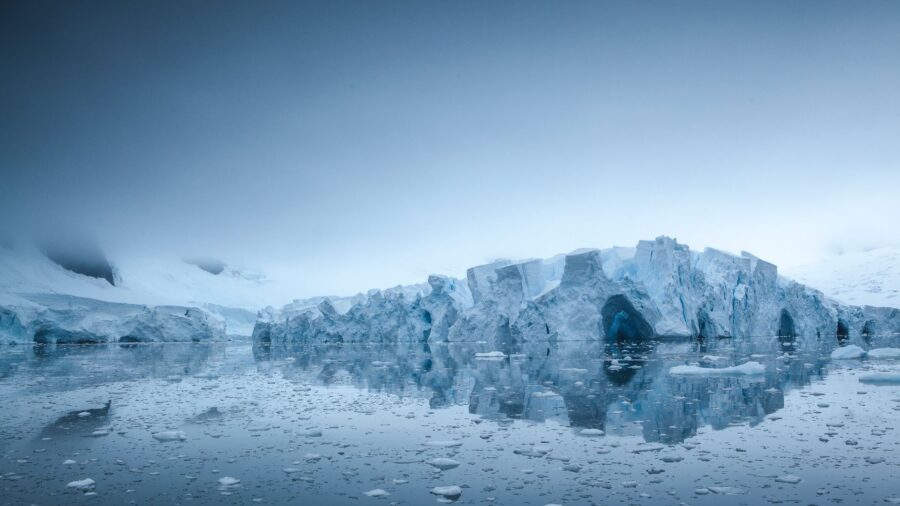
The last Ice Age, aka the Pleistocene Epoch, wasn’t so far back in Earth’s history, but now a new theory has arisen that says it may have been caused by a space cloud. A team of researchers proposes that an interstellar cloud caused the Earth, along with other planets of the solar system, to be outside of the Sun’s heliosphere. According to lead author Merav Opher, the paper, published in Nature Astronomy, is the first to theorize that Earth’s climate may have been affected by an encounter between the sun and an interstellar object.
A Cloud Large Enough To Cover The Sun

The Sun’s heliosphere is formed by the constant charged particles the star sends out, which forms a bubble around the Sun itself and surrounding planets. The heliosphere helps protect us and other planets from cosmic radiation and ultimately affects planets’ habitability. So, the Ice Age being caused by a big enough space cloud to affect the heliosphere could feasibly affect the Earth’s climate, at least according to this new research.
Evidence That Earth Passed Through The Cloud
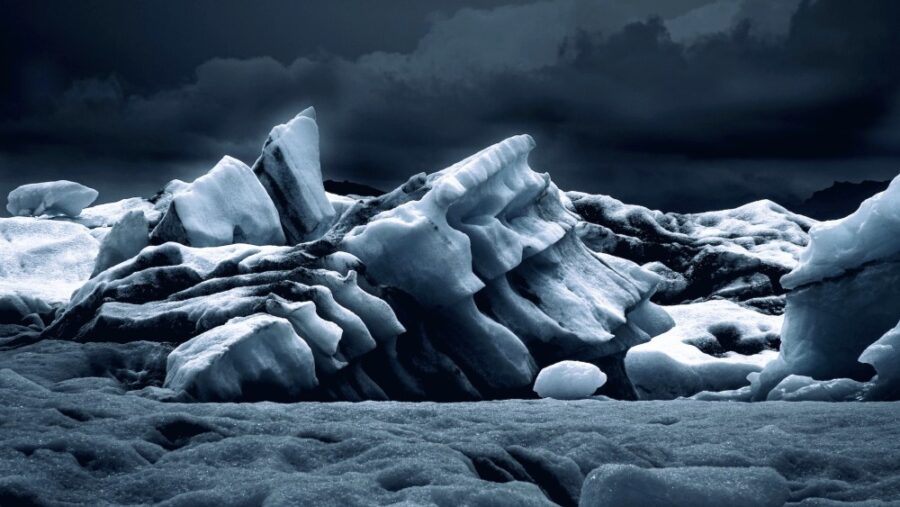
The research team used data from the HI4PI survey to come to this conclusion. They found that our solar system may have passed through the Local Ribbon of Cold Clouds around 2 million to 3 million years ago when the Pleistocene began. However, it’s important to note that this data doesn’t allow us to say that the Ice Age was caused by these space clouds, but the evidence is pretty interesting.
A Plausible Theory
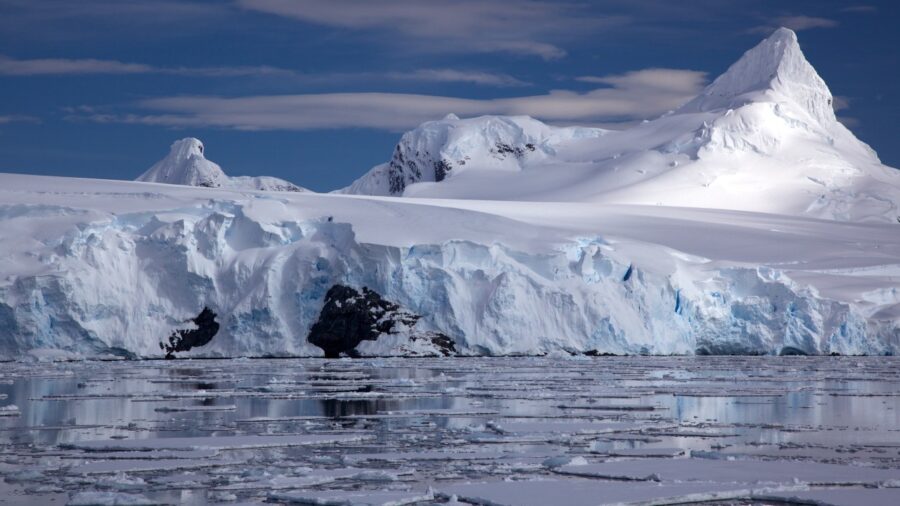
The model found that if our solar system passed through this cloud ribbon, the heliosphere around Earth and other planets in the solar system would shrink to around 0.22 astronomical units. That’s close to a quarter the size of the Earth’s distance to the sun, while the current closest heliosphere boundary is around 100 astronomical units from the Sun. But that’s not the only reason that the team thinks the Ice Age could have happened due to these space clouds.
Potentially Impacted Earth For A Million Years
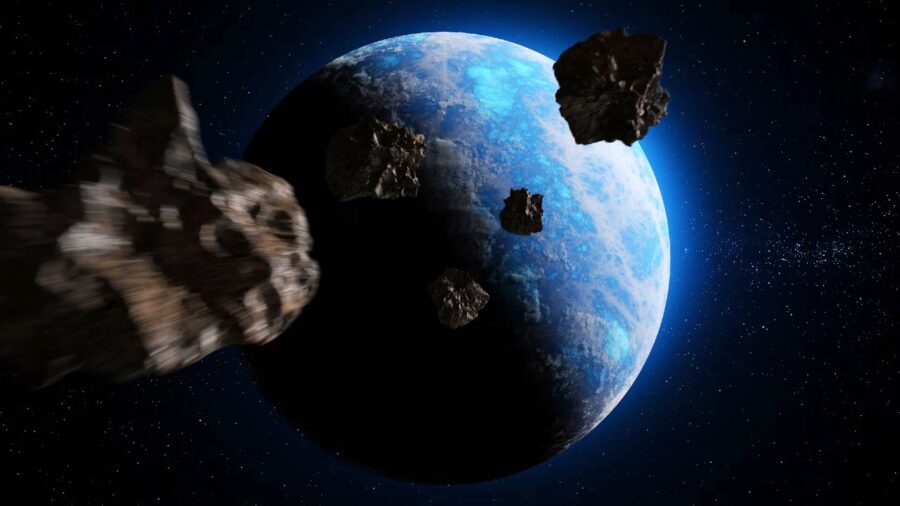
When the Earth was outside of the Sun’s protective heliosphere layer, our planet would get exposed to an excess of elements like iron and plutonium, which lined up with a spike of plutonium-244 and iron-60 isotopes around the time of the Pleistocene. The Ice Age space cloud theory could be further tested by taking samples from Mars, according to Opher, to see if there’s a spike in iron isotopes around the same time period. The timeline of the cloud blockage is uncertain, too, as Opher said that the heliosphere could have been blocked for just a couple hundred of years or up to a million years.
The Next Step
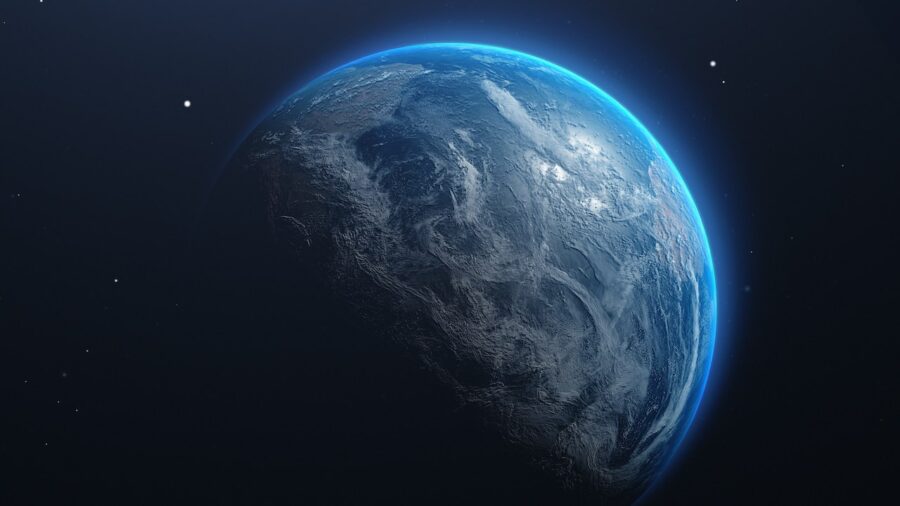
The next step to test the Ice Age space cloud theory is to ascertain where the Sun was positioned seven million years ago, since there’s evidence of increases of plutonium and iron isotopes from that time period too. This will let the team create a more accurate model of the heliosphere to simulate different conditions for the solar system based on the heliosphere’s position. It’ll be interesting to see what the team finds next and if it solidifies their evidence for why the Pleistocene Epoch started.
Source: Nature Astronomy












